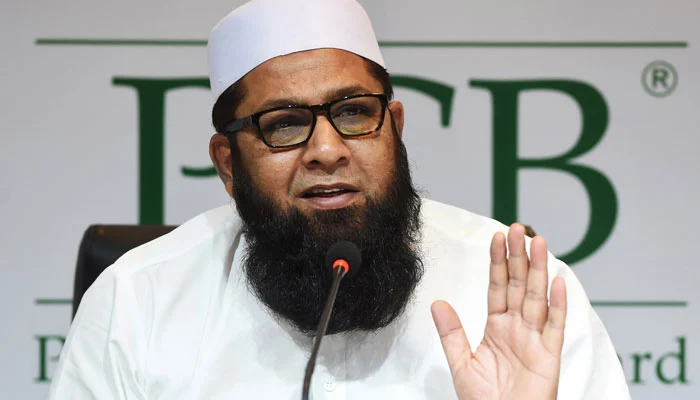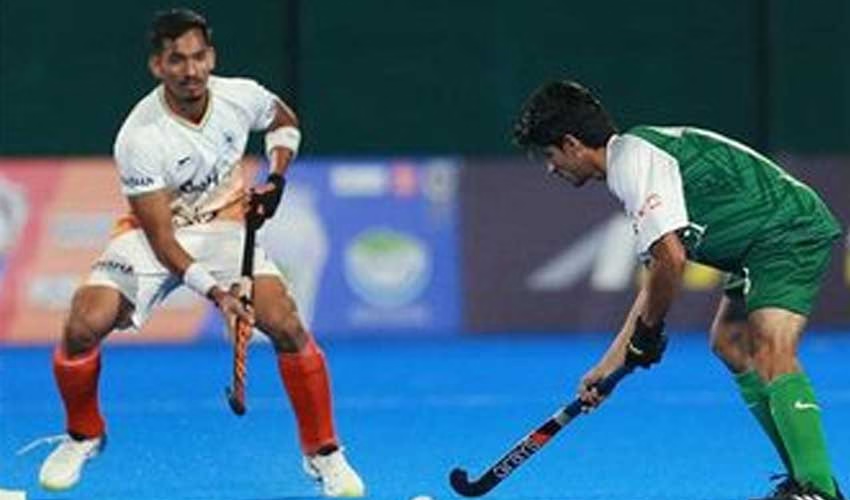The Women’s Cricket World Cup is one of the biggest tournaments in the sporting calendar, promising to showcase the best talent from around the globe. However, excitement for the upcoming edition in India has been overshadowed by uncertainty. With just weeks to go, many fans are still waiting for tickets, travel plans are in turmoil, and the choice of venues has sparked debate. While the ICC has promised the biggest Women’s World Cup yet, logistical setbacks are leaving supporters anxious and frustrated.
Why the Women’s Cricket World Cup Matters
The Women’s Cricket World Cup has become a symbol of progress for the women’s game. In 2017, England lifted the trophy at Lord’s in front of a packed house, while the 2020 Women’s T20 World Cup final at the Melbourne Cricket Ground saw a record-breaking 86,000 fans. These moments not only celebrated sporting excellence but also underlined cricket’s evolution into a truly inclusive sport.
Fans and players alike expect the same level of grandeur in India, a country where cricket is nothing short of a religion. But delays in scheduling, ticket sales, and uncertain venues are threatening to undermine that promise.
Ticket Delays Disrupt Travel Plans
One of the biggest frustrations for international fans is the delay in releasing tickets. With flights and hotels already booked, supporters are left in limbo, unsure if they will even get seats at the matches they planned their trips around.
Take the example of Sue Kitchen from England, who had meticulously arranged her journey to India. With no tickets available, her excitement has turned into stress as she braces for possible cancellations or costly changes to her bookings. Many others have voiced similar concerns in cricket forums and fan groups.
For a global tournament of this magnitude, timely ticketing is not just a convenience but an essential part of making the event accessible to fans worldwide.
Venue Choices Raise Questions
The Women’s Cricket World Cup was expected to showcase India’s iconic stadiums. Instead, most matches are set to be held in smaller, less-tested cities such as Guwahati, Indore, and Visakhapatnam. Of these, only Visakhapatnam has hosted women’s ODIs before, while Indore has never staged women’s international cricket.
Navi Mumbai’s late addition to the list of venues came only after Bengaluru lost hosting rights due to safety concerns following a crowd crush at the Chinnaswamy Stadium. While Navi Mumbai is a welcome inclusion, the lack of other major cricketing centers like Kolkata, Delhi, or Chennai has left many puzzled.
The decision to take World Cup matches to largely untested cities could backfire. Empty stands and subdued atmospheres would rob players and fans of the vibrant stage the event deserves.
Lessons From History
This is not the first time women’s cricket in India has faced organizational challenges. Back in 1978, the Women’s Cricket Association of India failed to schedule matches properly, leaving visiting teams stranded without fixtures. Nearly fifty years later, while the sport has grown immensely, some of those administrative hurdles appear to persist.
The ICC’s governance and the Board of Control for Cricket in India’s (BCCI) wealth should mean smoother planning and execution. Yet, the current uncertainties highlight how much work remains to ensure women’s cricket receives the same treatment as the men’s game.
The Stakes Are Higher Than Ever
This edition of the Women’s Cricket World Cup carries greater importance than ever before. Women’s cricket has made significant strides in recent years, from record-breaking television audiences to the introduction of the Women’s Premier League (WPL) in India. According to ICC data, the 2022 Women’s World Cup attracted more than 1 billion video views across digital platforms, underlining its growing global appeal.
If India hopes to continue this momentum, the 2025 World Cup cannot afford to stumble. Fans deserve a seamless experience, and players deserve to compete in front of passionate crowds at venues worthy of the occasion.
What Needs to Change
To ensure success, organizers must address three key areas quickly:
- Ticketing: Release tickets well in advance to allow international and domestic fans to plan affordably.
- Venues: Strike a balance between expanding the game to new cities and honoring the prestige of established cricketing centers.
- Communication: Keep fans updated regularly to avoid confusion and cancellations.
Cricket has an opportunity to use the Women’s World Cup as a platform to inspire millions of young girls worldwide. But this can only happen if the basics are handled properly.
A Step Forward, Not Backwards
The Women’s Cricket World Cup should be a celebration of sport, unity, and progress. Iconic images like Heather Knight lifting the trophy at Lord’s or Meg Lanning leading Australia to victory at the MCG show the heights the women’s game has already reached. India, as the host nation, must now rise to the occasion.
With strong planning, clear communication, and a commitment to giving women’s cricket the stage it deserves, this World Cup could become a defining moment. But if logistical missteps continue, it risks being remembered as a missed opportunity. Fans, players, and the sport itself deserve better—and the time to act is now.



